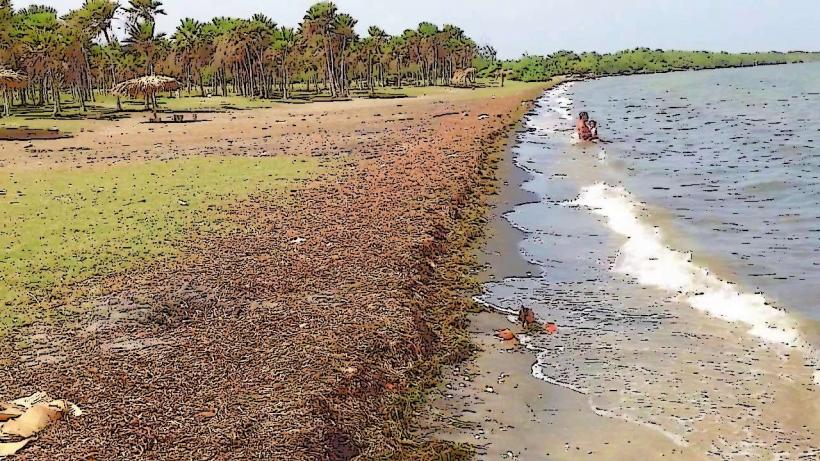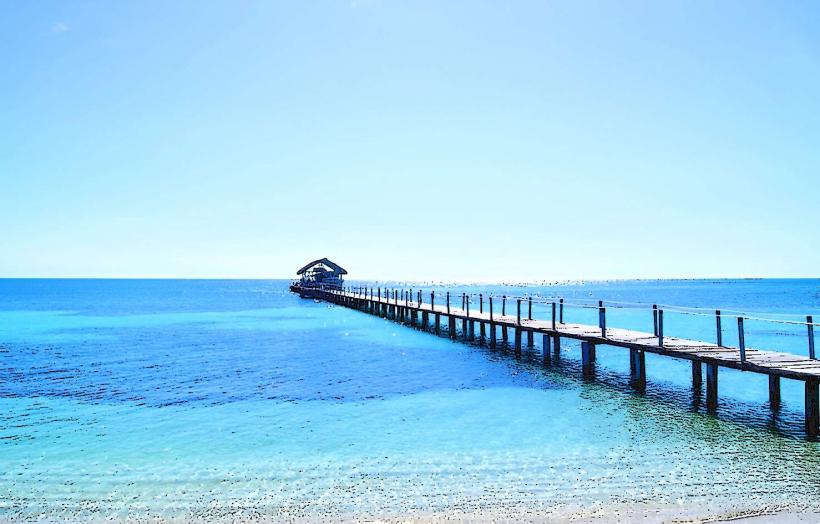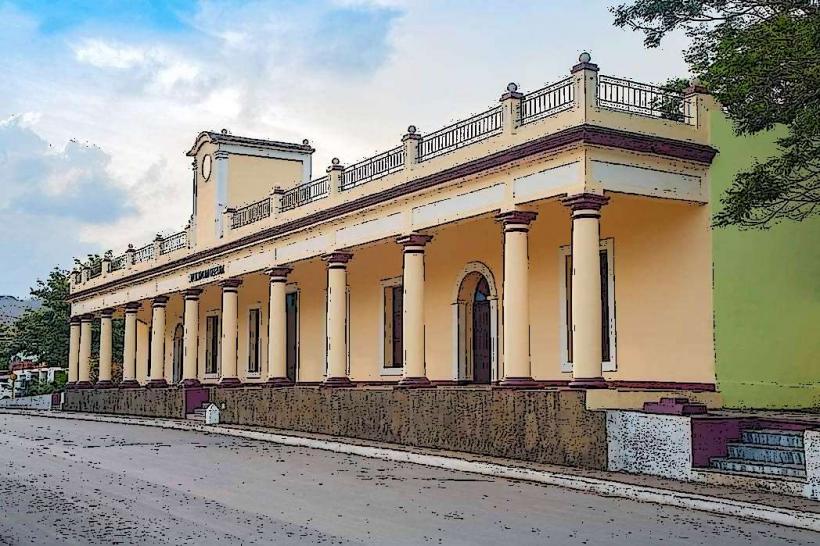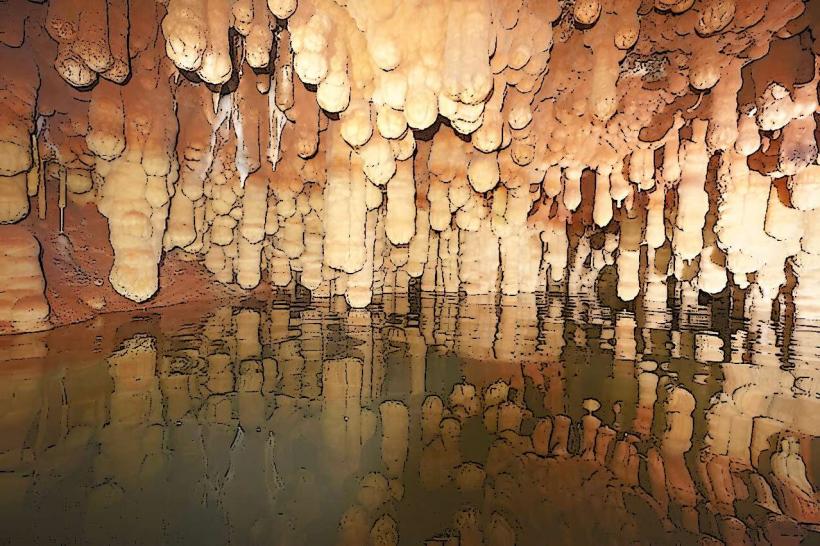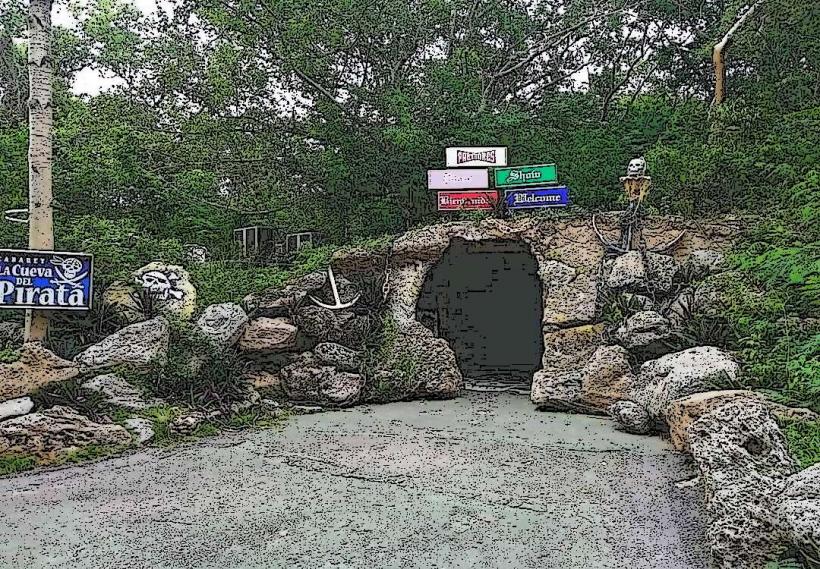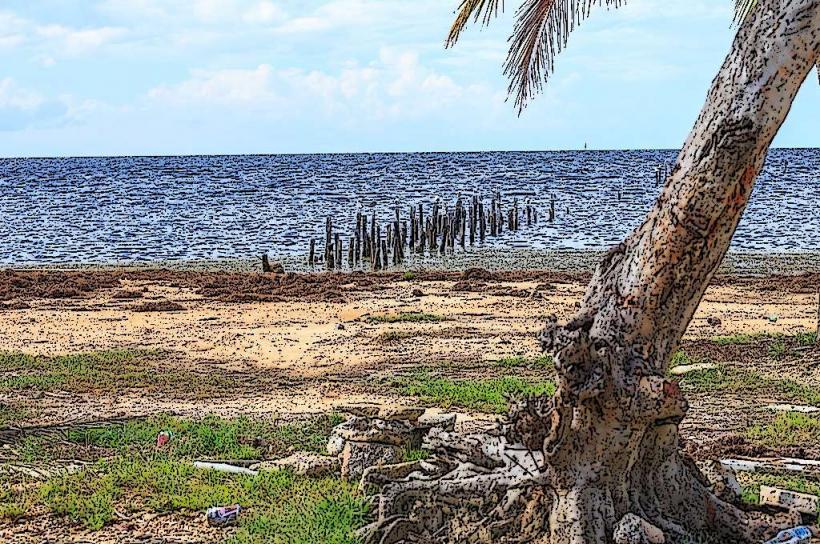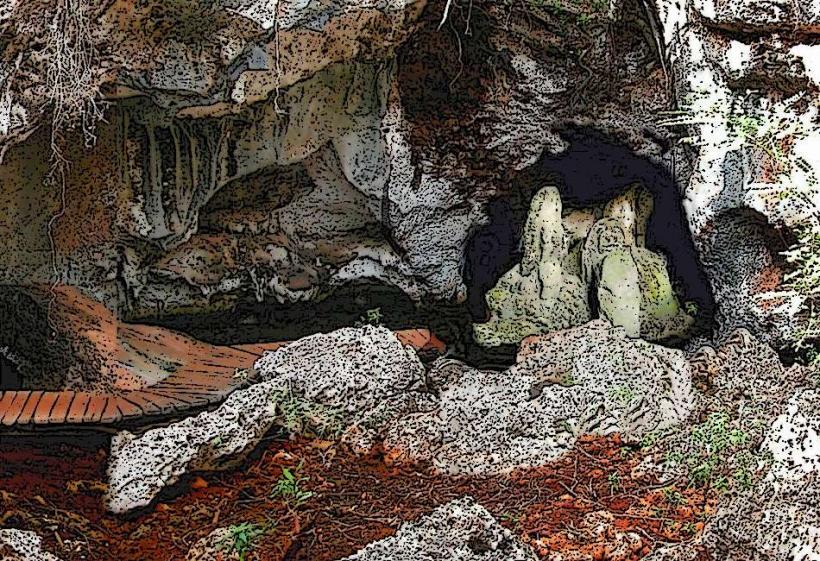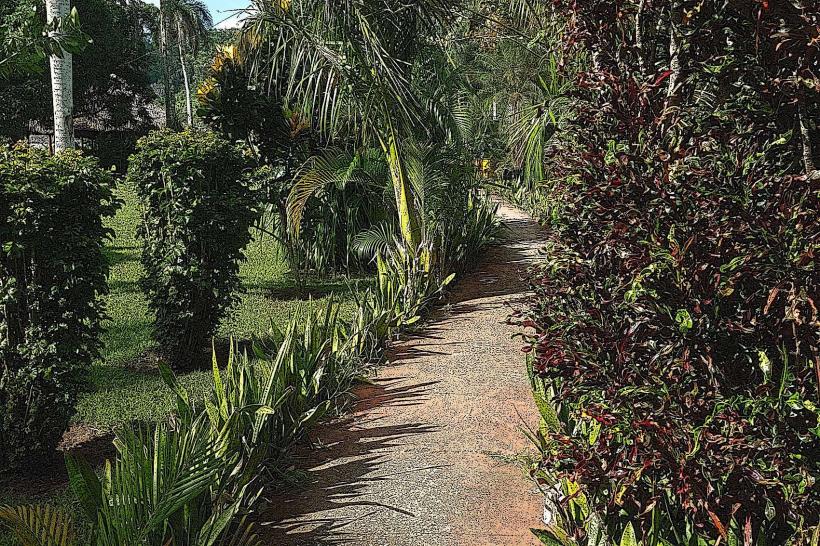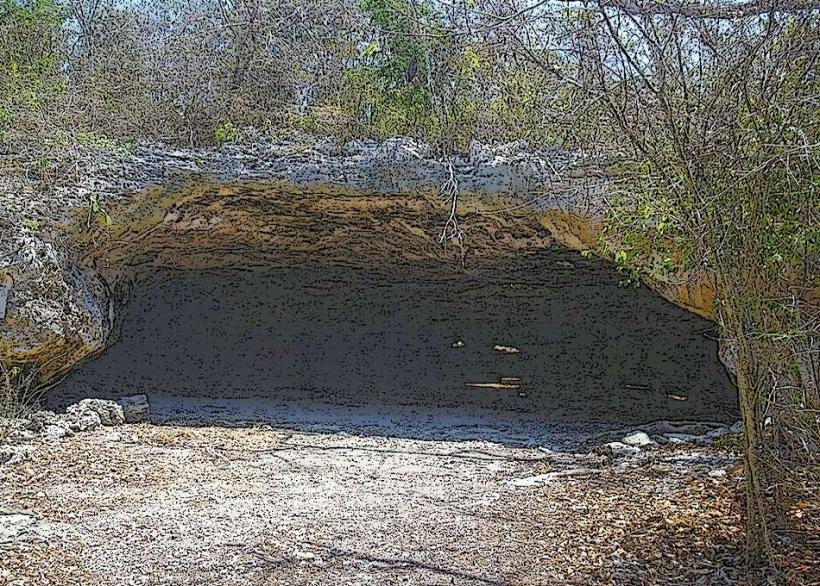Information
Landmark: Parque Nacional de los Ciénaga de ZapataCity: Isla de la Juventud
Country: Cuba
Continent: North America
Parque Nacional de los Ciénaga de Zapata (Zapata Swamp National Park) is one of Cuba's largest and most significant protected areas, located in the Ciénaga de Zapata wetlands, situated in the Matanzas province in the south of Cuba. This vast natural reserve is recognized for its ecological importance, biodiversity, and role in the conservation of Cuba’s unique flora and fauna. The park is a haven for nature lovers, birdwatchers, and those interested in Cuba’s rich ecosystems.
Location
- Matanzas Province: The park is located in the Ciénaga de Zapata, a region in the south of Matanzas province, covering an area of about 4,520 square kilometers (1,746 square miles). It is one of the largest wetland areas in the Caribbean.
- Proximity to Havana: The park is situated around 160 km (about 100 miles) southeast of Havana, making it accessible by road for visitors from the capital.
Ecological Importance
The Ciénaga de Zapata is a unique wetland ecosystem, comprising a variety of swamps, marshes, lagoons, and mangrove forests, which play a crucial role in maintaining Cuba’s biodiversity. The park is home to numerous species of flora, fauna, and migratory birds, some of which are endemic to the region.
- Wetland Ecosystem: The park's wetlands are a critical part of Cuba’s natural infrastructure, serving as a natural filter for water and providing vital habitat for a range of species. It also contributes significantly to Cuba's efforts to preserve its natural environment.
- Biodiversity: The Ciénaga de Zapata is home to several unique species of plants, insects, and animals, many of which are rare or endangered. The area is also a birdwatching haven, attracting bird species from all over the world.
Flora and Fauna
The Ciénaga de Zapata is known for its extraordinary diversity of plant and animal life, with both tropical and temperate species coexisting in this wetland area.
Flora
- Mangroves: The wetlands feature extensive mangrove forests, which play a critical role in protecting the coastline, preventing soil erosion, and providing habitat for many species of fish and birds.
- Water Plants: A wide range of aquatic plants thrives in the swamps and lakes, including lilies and cattails, which support the ecosystem's biodiversity.
- Tropical Forests: The park’s upland areas include tropical forests, which are home to a variety of tree species, including pines, cypress, and hardwoods.
Fauna
The Ciénaga de Zapata is home to a variety of animal species, many of which are endemic to Cuba. The park is especially renowned for its birdlife and the presence of several rare and endangered species.
Birdlife: It is one of the top destinations in Cuba for birdwatching, with more than 200 species of birds, including:
- The Cuban crocodile (Crocodylus rhombifer), found only in the park’s freshwater swamps and protected lagoons.
- The Zapata wren (Ferminia cerverai), a species endemic to the Zapata Swamp.
- The Cuban parakeet (Psittacara euops) and various species of waterfowl, including herons, ducks, and shorebirds.
Mammals: While mammals are less abundant than birds in the park, the Cuban hutia (Capromys pilorides), a type of rodent, is commonly found in the swamps. There are also various bats, manatees, and coyotes in the surrounding areas.
Reptiles: The Cuban crocodile is one of the park’s most famous inhabitants, and it is a species found only in the Zapata swamp. Additionally, there are lizards, snakes, and other reptiles that inhabit the region.
Key Attractions and Activities
The Parque Nacional de los Ciénaga de Zapata is an ecotourism paradise, offering numerous outdoor activities for those interested in exploring Cuba’s natural beauty and wildlife.
Birdwatching
- Cuba’s Premier Birding Destination: With its vast and diverse bird population, the park is regarded as the best place in Cuba for birdwatching. Visitors can spot rare and endemic species, including the Zapata wren, Cuban parakeet, and many migratory birds that pass through the area.
Ecotourism and Hiking
- Guided Tours: The park offers guided ecotours, where visitors can explore its varied ecosystems, from the dense mangroves to the open wetlands. Guides provide insight into the region's unique flora and fauna, explaining the ecological importance of the area.
- Hiking Trails: The park offers a variety of hiking and nature trails where visitors can walk through the tropical forests, wetlands, and coastal areas, discovering diverse plant life and wildlife.
Canoeing and Boat Tours
- Canoeing: Visitors can explore the park by canoe, gliding through the mangrove channels and observing the birds and reptiles that inhabit the area. These boat tours offer a peaceful way to experience the beauty of the swamp and its wildlife.
- Lagoon Tours: There are also boat tours that take visitors around the park’s lagoons and swamps, offering a close-up view of the Cuban crocodiles and other creatures.
Cuban Crocodile Observation
- The Cuban crocodile, a critically endangered species, is a key attraction of the park. Special tours allow visitors to observe these fascinating reptiles in their natural habitat. The park is one of the only places in the world where visitors can see the Cuban crocodile in the wild.
Cueva de los Peces (Cave of the Fish)
- One of the park’s most famous attractions is the Cueva de los Peces, a natural swimming cenote located in the park. It is a freshwater pool inside a cave that is connected to the sea by underground tunnels, making it an excellent spot for swimming and snorkeling.
Conservation Efforts
The Ciénaga de Zapata is a critical area for conservation, as it helps protect Cuba's wetland ecosystems and its endangered species. The park is also part of Cuba’s extensive network of protected areas, which work to preserve the island's biodiversity.
- Cuban Crocodile Conservation: Efforts are in place to protect the Cuban crocodile, one of the world's most endangered species. The park serves as one of the few natural habitats where the species can thrive.
- Environmental Education: The park also serves an educational function, teaching visitors about the importance of wetland ecosystems, their role in maintaining environmental balance, and the need for conservation of the island's natural resources.
Nearby Attractions
- Playa Larga: Located on the edge of the park, this beach offers opportunities for swimming, snorkeling, and diving in the Caribbean Sea. It is also historically significant for being the site of the Bay of Pigs invasion.
- Playa Girón: Another nearby beach famous for its historical significance during the Bay of Pigs invasion, it also offers excellent diving and snorkeling opportunities.
Conclusion
Parque Nacional de los Ciénaga de Zapata is a must-visit destination for nature lovers, birdwatchers, and anyone interested in exploring Cuba’s natural beauty. Its unique ecosystem, diverse wildlife, and opportunities for ecotourism make it a key site for environmental conservation. Whether you’re birdwatching, exploring the mangrove forests, or enjoying the lagoon boat tours, the park offers a peaceful and educational escape into one of Cuba’s most remarkable natural areas.

